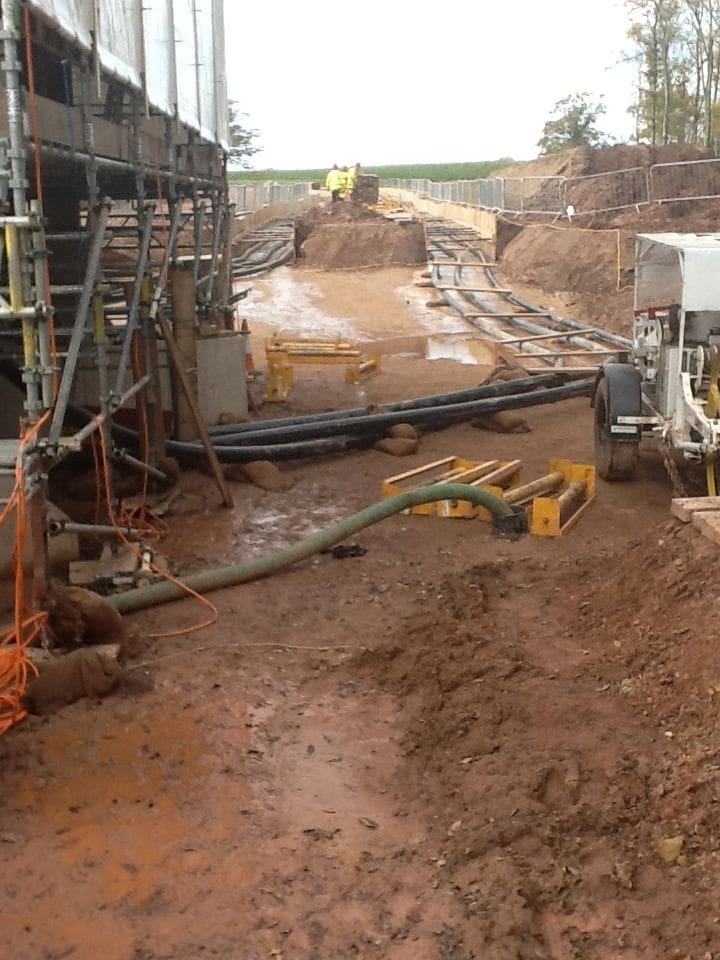Soil Resistivity Testing with Buried Interference 10 Common Mistakes
This is a series of short posts on Soil Resistivity Testing and the common mistakes encountered, with practical advice on how to avoid Soil Resistivity Testing 10 Common Mistakes. Soil Resistivity Testing Buried Interference can occur when, bare metallic structures (including concrete-encased metal) of significant length buried in the vicinity of the measurement traverse can distort Soil Resistivity Testing results.
When performing testing using Buried Interference, significant errors may occur when a measurement traverse runs parallel to a long structure, if the clearance between the traverse and the structure is on the same order as the electrode spacing. The magnitude of the error increases as the electrode spacing increases, compared to the clearance.
Similarly, errors may occur when the electrodes are placed near relatively small grounding systems that are interconnected by means of overhead wires. As a general rule, to avoid significant errors, there should be no bare metallic structures of significant size buried within a radius r of any of the measurement electrodes, where r is the spacing between adjacent current and potential electrodes.
However, when the measurement traverse runs perpendicular to a buried metallic structure without crossing it, the clearance requirement need not be as severe. To estimate the expected measurement error for different soil structure types, computer modelling of the buried structure and measurement electrodes can be performed.



